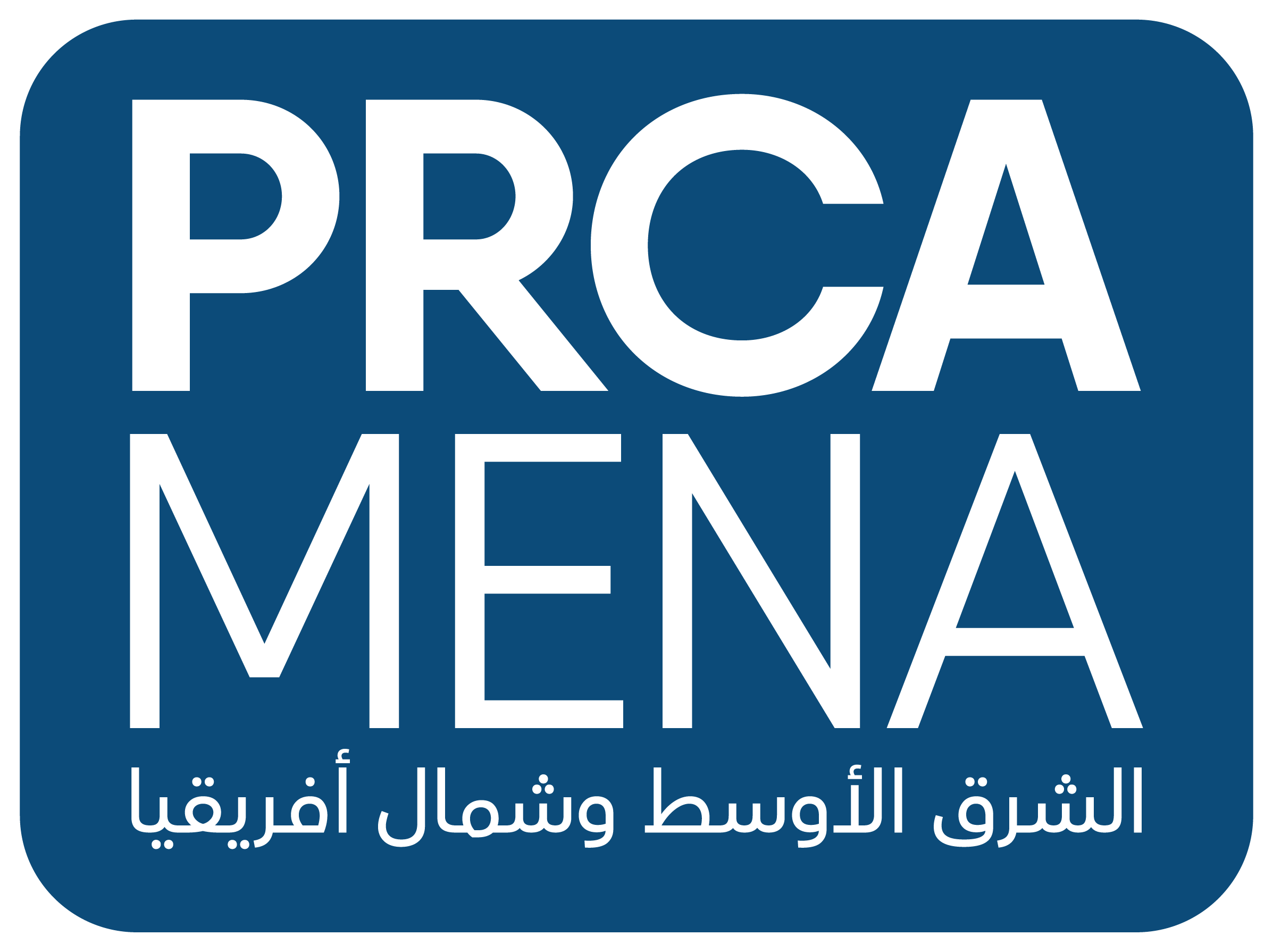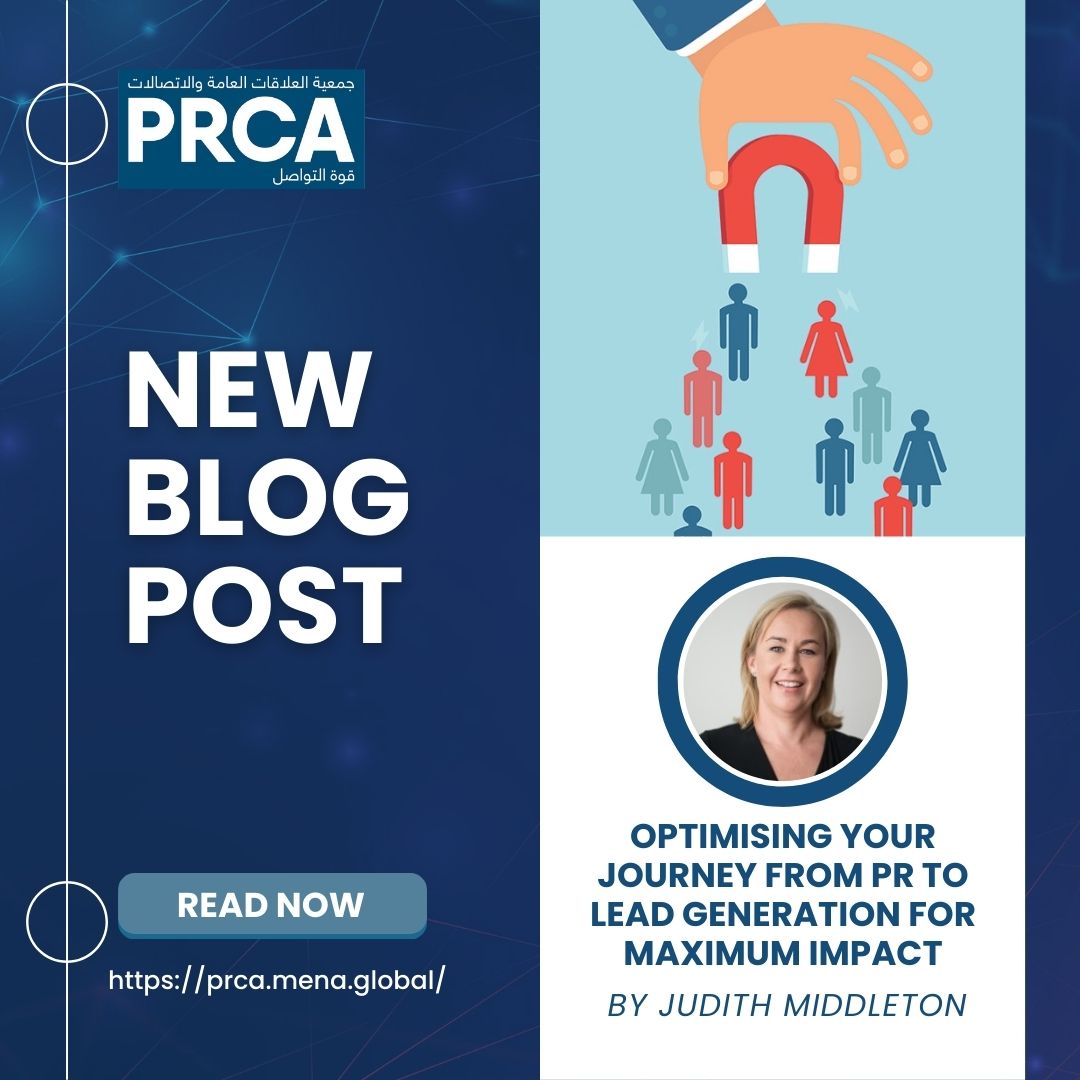Optimising your journey from PR to Lead Generation for maximum impact
While many businesses understand the importance of public relations to ensure their brand is positioned correctly with their target audience, some become impatient and demand leads. This has frustrated many a PR professional since time immemorial, however PR and lead generation need not be mutually exclusive and a good communications agency can take a business on a journey from pure-play PR to a state where PR supports effective lead generation.
How, then, does a business optimise its journey from PR to lead generation? It comes down to ensuring that the PR fundamentals are rock solid, followed by an effective foundation phase (where you build trust, awareness and credibility), which then leads organically into lead generation but please exercise patience and stick to the strategy. There is no silver bullet here, however there is a tried and tested approach that will go a long way in ensuring your success.
1. Fundamentals phase
Align strategy with business goals
PR strategy must be aligned with the business goals and objectives, measured by the client. This is the opposite of designing a rockstar strategy and then shelving it. A business must hold its PR agency accountable on strategy and, of course, on great outcomes. Milestones should be clearly defined.
Set ways of working
The PR agency needs to ensure that there is a process in place where it is fed information, business updates and content responses timeously to support execution of the strategy. Good alignment between a client and the agency means the business will appreciate and understand decisions being made, while the agency can provide the best value because it gets the ongoing support it needs.
Website copy
Ensure the website reflects the current business direction and messaging, and importantly, it must reflect the content that will be generated for PR. So often we see incongruencies here and all this does is confuse your customer.
Social media strategy
Is there a strategy behind social media or are posts just put together and sent into the digital world in the hope it “does well”? There needs to be strategic thought and insight-led decisions behind every post. Resist the temptation to hand social media to juniors. Measure and monitor the impact. Be sure to prepare biographies and multiple photos of the team to humanise your content. In our experience, posts that make use of photos featuring the respective spokespeople can secure up to four times the reach and twice the engagement of those using stock imagery.
Don’t lose sight of the golden thread
There needs to be a golden messaging thread across your website on your social media. Its absence is acutely felt when people work in silos. The two assets shouldn’t compete or distract, they should amplify each other.
Don’t forget the technical elements
Don’t underestimate things like Google Analytics and SEO. They build the benchmark for long-term success. Analytics allows teams to monitor, track, gain valuable insights and adjust, while building a strong SEO strategy is non-negotiable in our digital age as it contributes to long-term organic growth and visibility of a brand.
2. Foundation phase
Once the fundamentals are in place, the road towards awareness, visibility, trust and credibility has been tarred. This phase also provides a great opportunity to test business’s messaging and its resonance in the market. This is an important step in listening to critical feedback from the market and prospective clients
Questions to ask
- What have you done as a business to test this product or service?
- Are you clear on your differentiators?
- Do you have other strategies in place for lead generation?
- Do you spend time one-on-one with prospective clients? This feedback is critical for a PR agency to refine messaging.
- What are you honestly expecting PR to do for you?
How will you measure the impact of your investment realistically? Please don’t say leads at this stage because this is where most clients trip up by not following the strategy.
Read on as there is more work to do…
Be consistent on resourceful content
Always ensure that your content is relevant and valuable. Too many businesses just spew out AI generated content. Always ask yourself the “So what ?” question. Is this content relevant and valuable to the market and what will my customers and potential customers learn from the article? If it doesn’t educate, inform, guide or inspire and it’s not your own thoughts then it is missing the critical elements of a good foundation phase because every other amateur is doing what you just did.
Depending on your objectives and the intended target audience, content can take the form of thought leadership articles, case studies, white papers, blogs… and a mix is often most effective. With a growing preference for digital platforms, it extends to videos, podcasts and webinars. All of these activities feed your brand visibility strategy.
Humans are interested in humans
Focus on the people in your business, their skills and experience. This is where the biographies, photos and videos add immense value because not only do media practitioners respond well, social media engagement spikes too
Don’t stagnate
You need to define the tools you will use in the foundation phase to meet the business objectives. But, that’s not enough. You must ask: Are they working hard enough? Are we testing? Are we iterating? Are we refining? Are we changing and adjusting based on data we gather from performance?
Put in the time
Many businesses – especially those who are disrupting a market or pushing out new products and services – are in a rush. Foundational PR is a slow and steady process if your goal is credibility and trust. You won’t go from PR to lead generation in a month. If that happens, it is luck and not strategy. Be prepared to invest no less than a year if you’re serious. Your brand, product and service messaging needs to land in the right places correctly and sustainably before it can be commercialised.
While advertising can bring your brand broader visibility, building trust and credibility takes longer and requires affirmation and proof points (case studies). Not only do humans need time to trust new products and solutions (especially if competing with a dominant incumbent provider), but sales cycles in enterprise technology can take months.
3. Lead generation
Lead generation, or any form of digital marketing, results in a commercial measurement of the investment you’ve made. On average, it takes a minimum of at least eight business-to-business engagements to result in a lead. That’s not eight engagements with your social media posts, it’s eight engagements across different assets to build trust and a conscious understanding of your brand, product or solution.
Prepare your budgets (read that again!)
Businesses need to appreciate that paid media on an external platform (think TechCentral) is a fundamental part of lead generation and these costs are significantly higher than the foundation phase. If a business knows it wants to move towards lead generation, then it needs to start preparing its budgets because you can’t expect lead generation from a PR budget. Lead generation agencies across the world are notoriously expensive because they know they need to reach many potential customers to net just one.
While those businesses not converted into leads may be seen as a waste of budget, this isn’t true.That serves as further foundational work, building awareness, trust and credibility – through email marketing or remarketing – to feed into a sales cycle that might just come around again once the buyer is ready, if the lead is nurtured effectively.
Optimise your UX
It is crucial to define and design an optimal customer journey through your website. Your website is your digital global shopfront so you must ask:
How effective is your landing page?
Have you tested the full lead cycle?
How long until a lead is responded to by the business?
What could you be doing better?
These may seem obvious but failing to address these questions could scupper lead-generation efforts.
Work with the right agency and third-party platforms
Often, you will need to work with third-party platforms, such as online news publishers, as they have an established presence with your potential customers. Here, it is crucial to work with a PR and communications agency that has a track record of balancing cost versus benefit for an array of unique business contexts.
Ideally, you’d want your agency to show you benchmark data relevant to your business and to demonstrate strategic thinking geared towards unlocking commercial value. Lastly, seek out an agency that defines success as meeting your objectives, rather than reporting metrics that look good but don’t translate into leads, insights or nurturable prospects.
– Written by:
Judith Middleton MPRCA, CEO DUO Marketing and Communications




